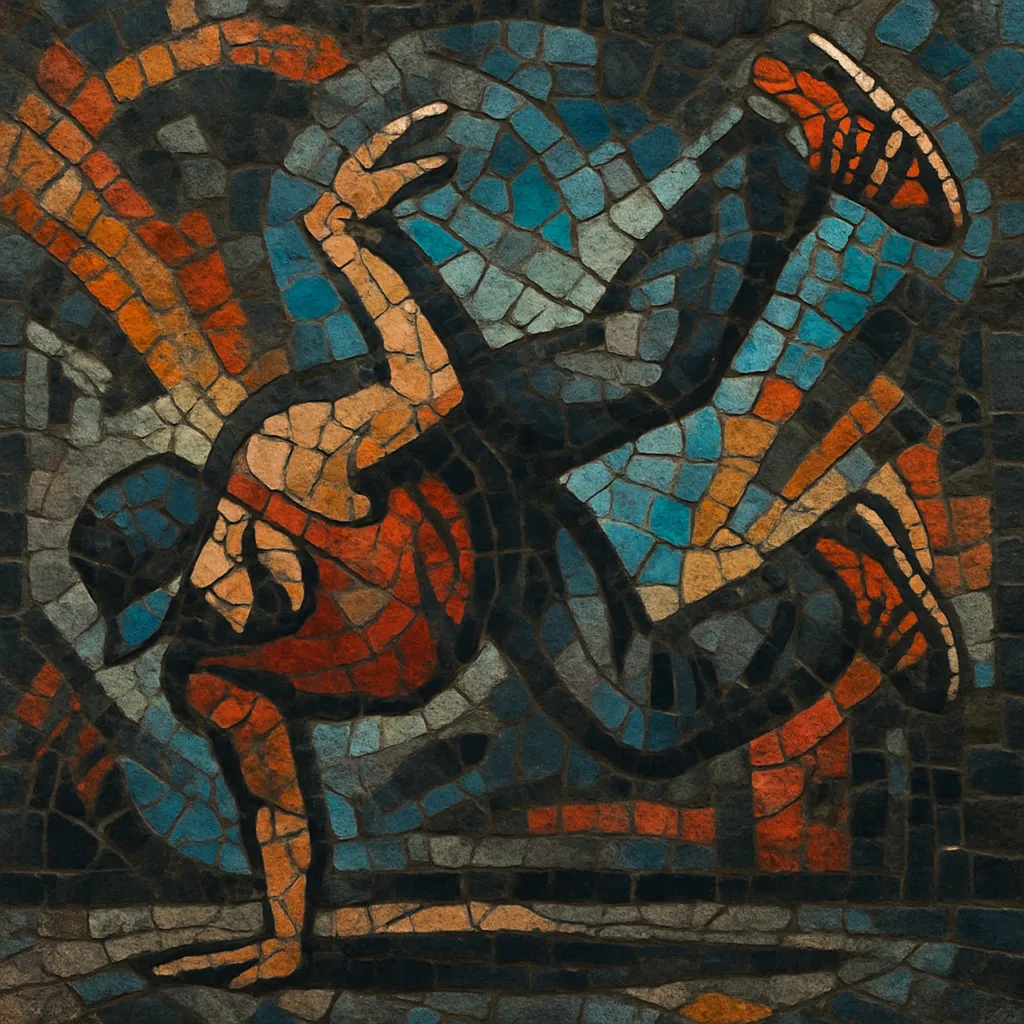
Break-in is a novelty/comedic record style in which a narrator (often a mock reporter) delivers a skit or "news bulletin" that is repeatedly interrupted by very short, instantly recognizable snippets of current hit records. The song clips are placed so their lyrics "answer" the narrator’s questions, creating a rapid-fire Q&A collage.
Pioneered in the United States by Bill Buchanan and Dickie Goodman in the mid-1950s, break-in records used razor-blade tape edits to stitch together spoken-word setups with licensed or often very brief, unlicensed hooks from the charts. The result is a humorous, highly topical montage that both parodies pop culture and showcases technical cut-and-paste ingenuity.
The technique foreshadowed sample-based pop and hip hop by treating commercially released records as raw material. Although legally contentious in its early years, the format proved remarkably influential on later sample collages, plunderphonics, and turntablist approaches.
Break-in begins in the United States in 1956 with Buchanan & Goodman’s "The Flying Saucer," a mock news-report skit where a reporter’s questions are answered by lightning-quick clips of contemporary hits. Spliced together with tape and framed like a fast-breaking broadcast, it established the core grammar of the genre: topical satire, spoken narration, and micro-quotes from pop records functioning as punchlines.
Through the 1960s, Dickie Goodman continued issuing break-in records that reacted to fads, films, and news events, honing the pacing and timing of the cuts. The approach remained rooted in novelty and comedy, but it also showcased sophisticated editing and arrangement techniques inspired by earlier montage practices (e.g., musique concrète and radio drama).
The 1970s brought a notable resurgence, with Goodman’s "Mr. Jaws" (1975) becoming a major hit. Other artists adopted the format—like The Delegates’ "Convention ’72" and John & Ernest’s "Super Fly Meets Shaft"—demonstrating how break-in could be repurposed for political satire, film tie-ins, and cultural commentary. Questions about copyright and fair use trailed the style, as the records depended on recognizable snippets.
Break-in records normalized the idea of using existing commercial recordings as building blocks, a conceptual leap that prefigured sampledelia, plunderphonics, hip hop skits, and quick-cut turntablism. Even as technology moved from razor blades to samplers and DAWs, the break-in logic—spoken setup, topical humor, and perfectly timed song-lyric rejoinders—remains a blueprint for comedic sample collage.

